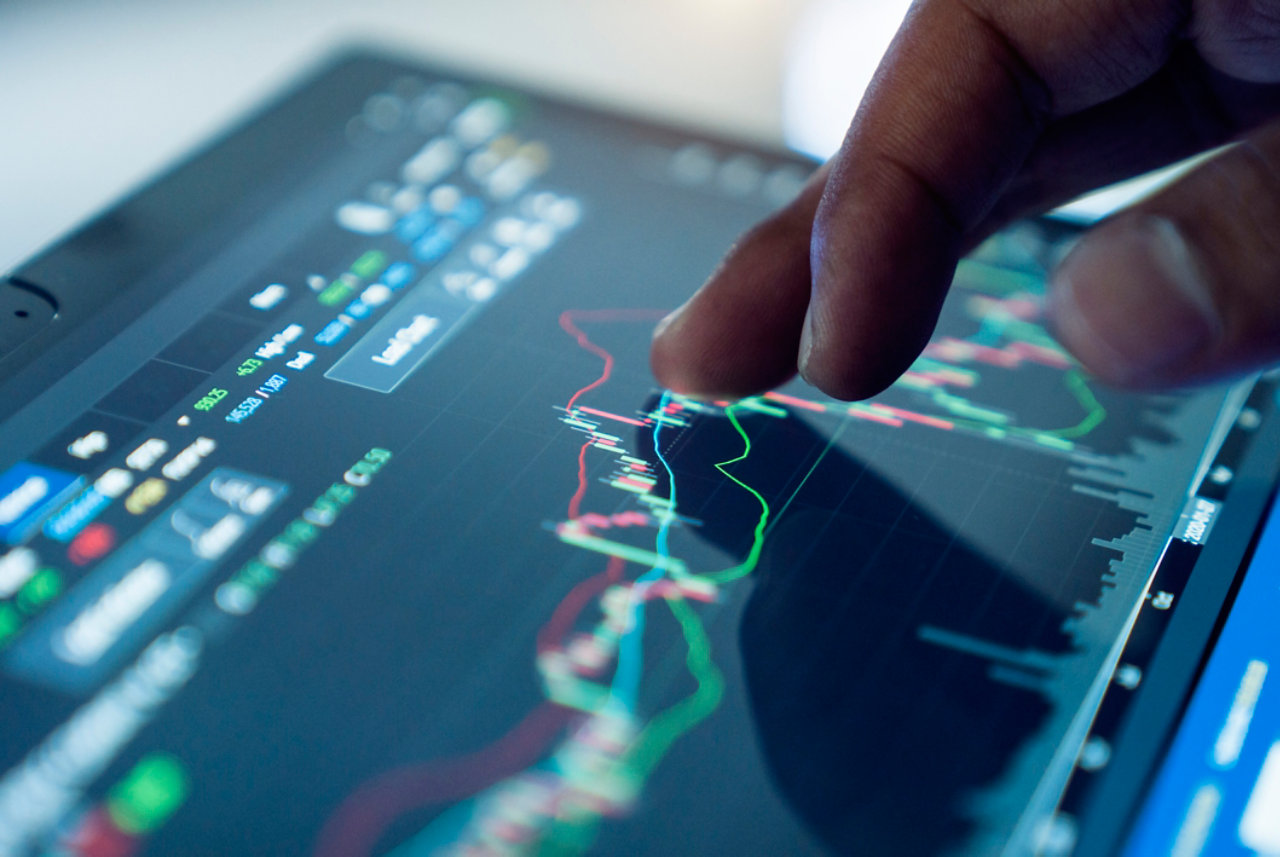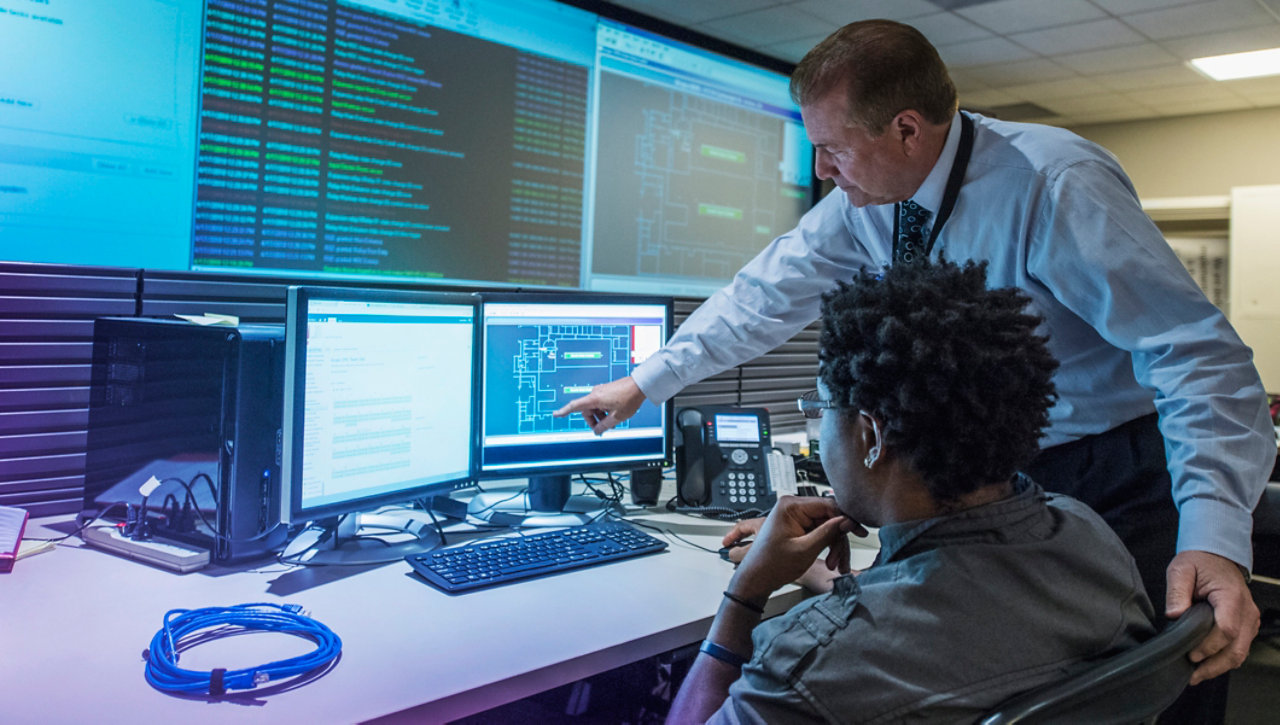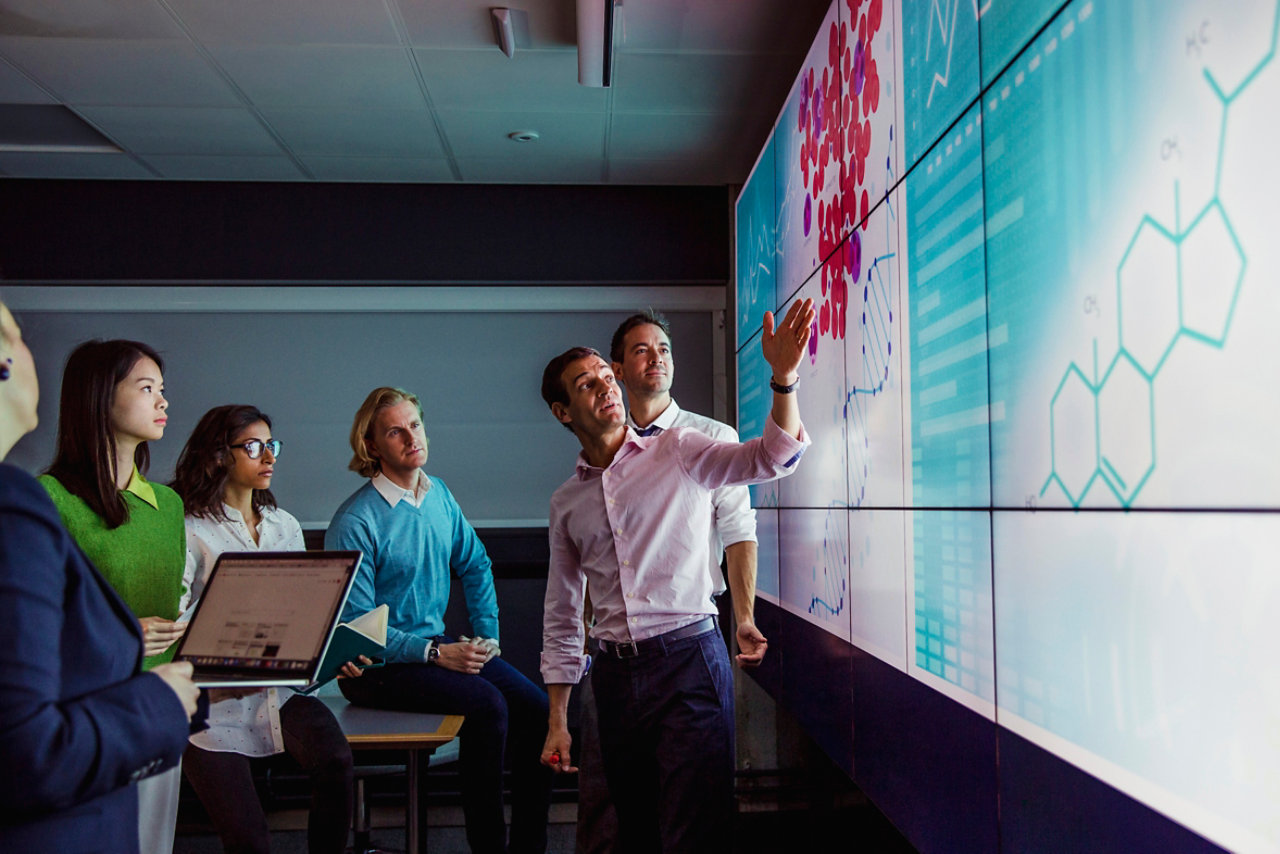Many people only associate blockchain with cryptocurrencies like Bitcoin. But blockchain is so much broader than that. Blockchain offers a growing range of highly secure applications that have the power to transform how businesses operate.
Blockchain allows selective trust between companies
Blockchain is a secure and transparent digital record of everything that happens to an asset. It’s held across a network of computers that authenticates every transaction, and it’s incorruptible. In essence, it’s a complex, sophisticated and powerful database.
There are two main types of blockchain - public and private - and it’s private blockchain that offers more immediate business applications.
With a public blockchain, anyone can write into the blockchain. But in a private (or permission) blockchain, only a limited group of partners can add and share data. It’s also extremely secure because it’s completely closed. It’ll come up against normal cyber security problems, but no more than that.
Blockchain is an efficient way to solve the problem of trust in business.
How can an organisation securely share some data with other companies, but keep the rest of it locked away? No business wants to risk opening up its data to another or wants the upkeep of a large, shared database.
Blockchain is a powerful tool that offers a way to selectively trust, with an immutable, shared transactional database that only covers relevant information.
Exploring blockchain’s potential
Blockchain is already transforming how data is shared and managed.
In logistics management, companies are using blockchain to track and audit every movement of a shipment, giving peace of mind throughout the supply chain.
At the high end of the market, blockchain tracks diamonds from mine to cutter to polisher and then on to the jeweller. Photos of a diamond’s progress are uploaded to the blockchain, along with information about its colour, quality and location.
And at the more day-to-day end of the spectrum, blockchain is bringing more transparency and shipment efficiency to the food industry. By being able to precisely locate problematic goods, blockchain can help to avoid large-scale recalls.
Other industries are currently exploring blockchain’s potential with a view to using it in the future.
The financial world is investigating how blockchain could turn bank settlement transfers (that currently take days) into almost instantaneous transactions. Blockchain might also speed up the settlement of stocks and shares.
Some applications of blockchain are solving problems that other technological advances are causing.
When connected cars are a reality, vehicles will need to share information about themselves and traffic with other vehicles. But manufacturers won’t want their vehicles’ onboard computers sharing proprietary and sensitive data with other manufacturers.
Blockchain could allow connected cars to communicate only necessary information, letting other vehicles see just what they need to and no more.
Using blockchain technology to enable AI
The concept of smart contracts is a prime example of where blockchain and AI could meet in a transformational way. Blockchain can bridge the transaction gap between systems, opening the door for AI to do so much more.
For example, imagine if the solicitors, estate agents and surveyors involved in buying a house set up a blockchain with software agents controlling each part of the transaction.
You could attach conditions to the blockchain that would give the go-ahead for an action once the condition had been met. As soon as the blockchain software registered that all conditions had been met, AI could automatically execute the contract.
These machine-to-machine transactions could revolutionise the house buying process, putting an end to all those letters going back and forth between parties.
Introducing insight and control into blockchain
If there’s a limitation with blockchain at the moment, it’s the fact that it’s not easy to search. And you really need to be able to search and see it to control it. But that's something we’re working on right now.
We’re developing a powerful new visualisation tool called Nova – an analytics dashboard for understanding what’s going on with blockchains.
Although it’s still just a concept, it has great potential. You can point Nova at an existing blockchain and look forensically at all the transactions taking place in it. This makes it easier to manage and audit what’s happening.
By using visual analytics and machine learning, Nova can automatically categorise addresses, helping to detect common actors, and carry out ‘know your customer’ and anti-money laundering checks. When fully operational, it’ll be ideal for use in law enforcement, crypto asset tracking and enterprise blockchain management.
Blockchain and AI are ready to help businesses transform how they operate. If you’d like to talk through how we can support you in using blockchain, please get in touch with your account manager. We’re here to help.




